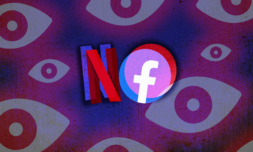Computer scientists have been left stunned by a language AI’s ability to write original articles and compose poetry.
While AI has only really become a mainstay of the tech world in the last five years or so, the rate at which its sophistication is growing is pretty darn scary… certainly if you’re in the business of writing, like me.
Whether we’re talking vehicles becoming entirely autonomous, tailoring people’s unique browsing/viewing habits, running entire home set-ups through digital assistants, or even creating potential cures to universal diseases, machine learning is fast becoming the key to modernising some of the biggest industries of today. However, AI’s potential to spill over from the practical world into the creative one is something that continues to take experts by surprise.
Previously it was thought that AI was only capable of cobbling together parts of existing articles on the web and not fundamentally generating new ideas and sentences of its own. Generally, it was considered to be something of a gimmick – a novel feat of science and technology flexed by computer scientists – with no real-world application. However, that may all be about to change with OpenAI’s language generation program dubbed the GPT-3 (Generative Pre-trained Transformer).
Having received hefty investment to the sum of over $1bn from Microsoft, the San Francisco based OpenAI has developed the GPT-3 with the most sophisticated software on the market, marking the rollout of the world’s first ‘unsupervised AI’ program in the field of literacy. What this means is that whilst machine learning normally requires manual inputting of data for images, audio, or in this case words to begin to store and replicate their characteristics with its own code, the GPT-3 can be fed troves of stimulus in one go and left to learn the nuances itself.
Using ‘transformers’, which are deep learning models that encode the semantics of a sentence, an attention model identifies the meaning of words based on its recurrence in the rest of the text or placement in a certain sentence, and then takes that meaning forward to perform user tasks – such as ‘summarise this paragraph’ or ‘translate this language’.



















